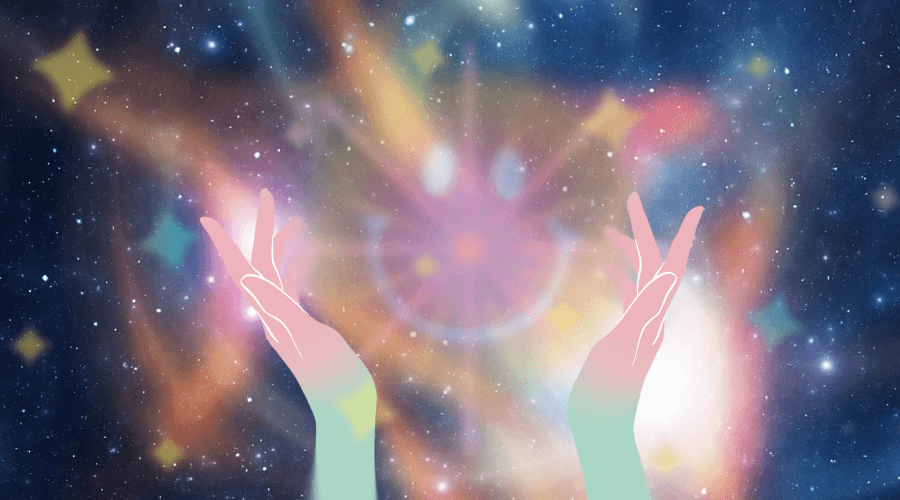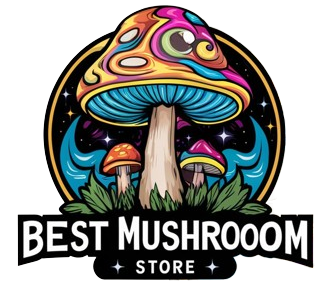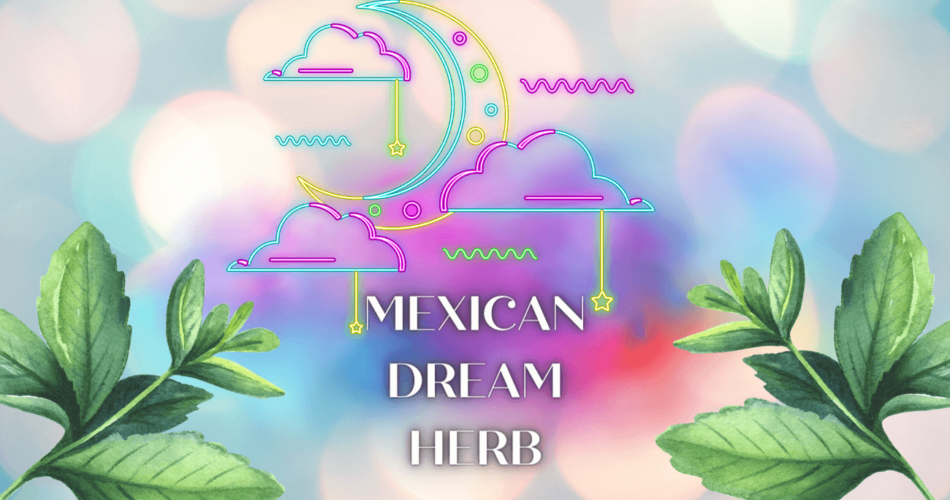Have you ever heard of the Mexican dream herb? This plant is rumored to induce lucid dreams, and help people remember them later. It is also a medication, and a ritualistic brew. How is it used today? Does it have any hallucinogenic properties? Let’s find out!
Too Long; Didn’t Read 🌿
- Mexican dream herb is mostly used as a remedy. ✨
- It is also an alleged oneirogenic plant. ✨
- Smoking it or drinking it in a brew is supposed to cause lucid dreams. ✨
- It is not regarded as a controlled substance, but it is illegal for human consumption in Louisiana. ✨
What Is the Mexican Dream Herb?

Mexican dream herb, aka Calea zacatechichi, calea ternifolia, or bitter grass, is a Mexico-native shrub. It belongs to the Asteraceae family, and its inflorescence consists of plenty of small white flowers with yellowish anthers. Calea zacatechichi is an oneirogen, which means it stimulates dreamlike states. Think of it as a dream-enhancer.
The main substance of the plant are sesquiterpene lactones (germacranolides group), but the most “important” ones are caleochromanes and caleicines. They are the ones that have the biggest impact on sleep.
The extract of the Mexican dream herb supposedly elongates the REM sleep cycle. However, this has been proven only in rodents, and many people actually report sleep disturbances after consuming the herb.
Does It Have Hallucinogenic Properties?
In general, the Mexican dream herb does not have many hallucinogenic properties. But that doesn’t mean it’s nothing like a hallucinogen. The thing with Calea zacatechichi is that you can enter higher or altered states of consciousness. It just happens while we’re asleep.
Recreational and Medical Use
Calea ternifolia is a common diarrhea, dysentery and fever remedy. It has been marketed as a diabetes medicine, however it hasn’t been approved by the FDA, and research has scrutinized this “approach.”
Mexican dream herb is also used recreationally. Some people use it for dream tripping, as the herb induces lucid and vivid dreams. It is also known to provide mind clarity. Lastly, the ritual of drinking and smoking the Mexican dream herb can provide dreamlike states of mind.
As for the dose, usually 3 grams or 0.1058 oz is enough to make tea, or a roll. It is also possible to make “goo” or an alcohol tincture yourself, but it’s risky, and the product could be too powerful. Conversely, market-available capsules can be too weak to work as the dream enhancer.
Magic Properties

The Chontal people (Oaxaca) believe in “magical” or divinatory properties of this herb. A shaman would drink the bitter herb brew and smoke it, and revelations would ensue. This ritual is used to find a missing object or person, as well as to find the cause of an illness.
The Legal Status in the U.S of Calea Zacatechichi
The Mexican dream herb has not been found to be toxic. And since it doesn’t actually affect the central nervous system, nor is it addictive, it is almost completely legal. It can be legally used and cultivated in all the states, except for Louisiana. Louisiana allows cultivating Calea zacatechichi as an ornamental plant, but does not permit human consumption.
Fun Fact ✨
There is only one country in the entire world where the Mexican dream herb is entirely illegal – Poland. The government banned the herb in 2009, and using, cultivating or selling the plant can result in jail time.
Similar Posts:
- LSD Dreams: Exploring Psychedelic Dreaming and Its Meaning
- Can You Sleep on LSD? Tryptamine and the Effects of LSD on Your Sleep Cycle
- Is Salvia Legal? A Dive Into the Hallucinogenic World of Salvia Divinorum
- Smoking Salvia Divinorum – What Is It Like?
- The Properties of Shrooms and Weed: All You Should Know About Magic Mushrooms and Cannabis
- How to Smoke DMT? A Guide for Beginners
- Magic Mushrooms Use: Can You Sleep on Shrooms? Psychedelic Drug and Psilocybin Explained




